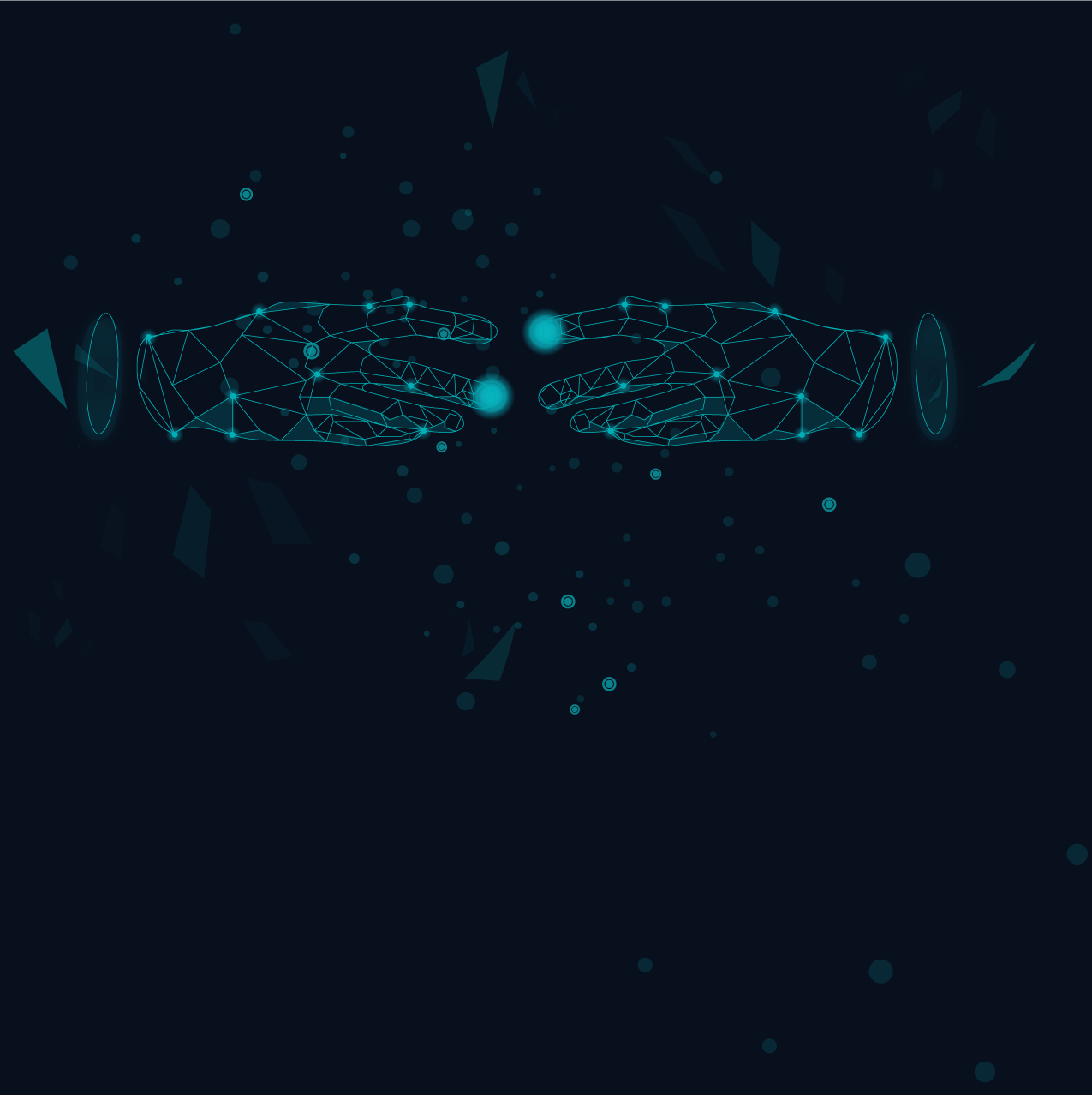Castalia Conduct
Cross-platform control and data-acquisition
Castalia Conduct™ brings together ROS, node.js and Electron to power Human-Machine Interfaces that can operate seamlessly across platforms. Our framework supports distributed master-slave control architectures out of the box.
With Castalia Conduct™, implementing Graphical User Interfaces for robotic control, sensor data acquisition, and machine-to-machine communication is a breeze. Thanks to our modular architecture and clear-cut API, new functionality can be added with minimal hustle.
Castalia Conduct™ is built on a stack of cherry-picked tools and frameworks; we use ROS along with carefully designed wrappers that enable straightforward interfacing with sensors and actuators. Data acquisition can be handled directly through the middleware for applications demanding real-time communication or using our Node.js-powered server supporting both HTTP and websockets. The Human-Machine Interface leverages Electron so that the user experience stays the same across different Operating Systems and methods of delivery (pure web, native applications).


